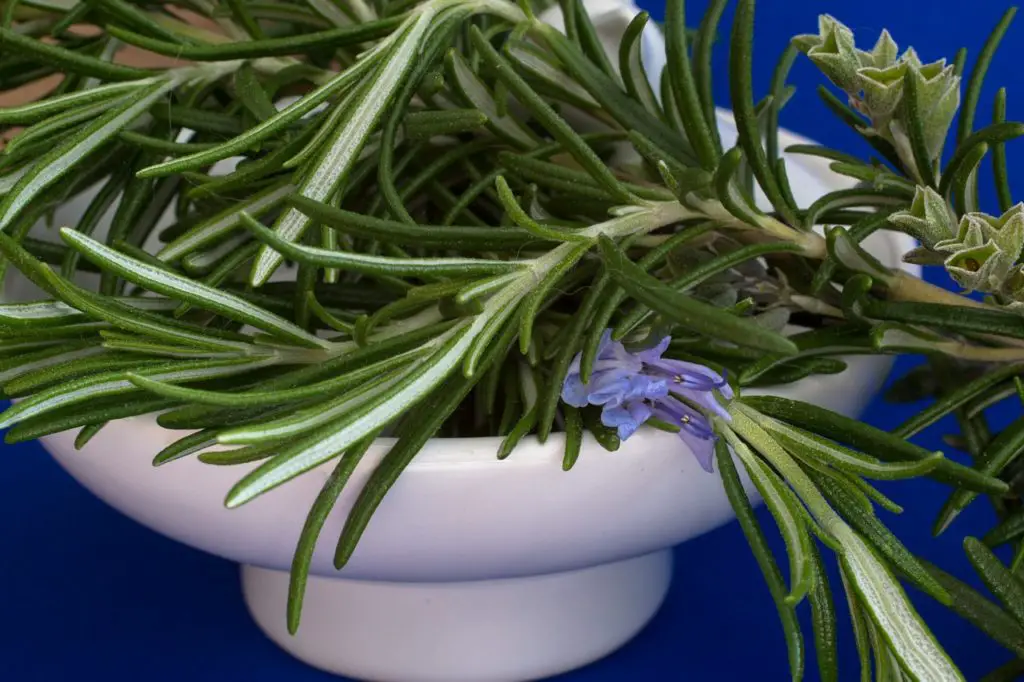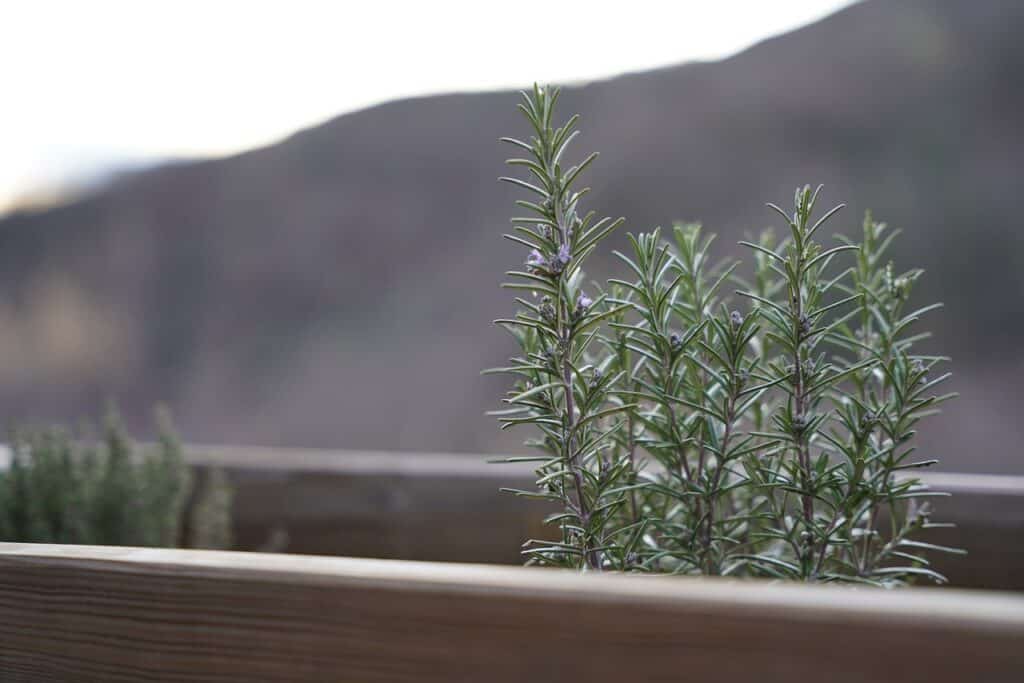Rosemary is a popular herb in many households due to its culinary and medicinal benefits. Growing healthy and productive rosemary plants requires good soil quality. In this article, we will explore the best soil for growing rosemary and how to prepare it for planting.

The Importance of Good Soil for Growing Rosemary
Rosemary thrives in well-draining, nutrient-rich soil. The ideal pH range for growing rosemary is between 6.0 to 7.0, which is slightly acidic to neutral. When the soil is too acidic or alkaline, rosemary plants may suffer from nutrient deficiencies or excesses, leading to stunted growth and poor-quality leaves.
In addition to the pH level, the soil’s texture and composition are also crucial factors for successful rosemary growth. Rosemary prefers loose, well-draining soil that allows air and water to penetrate easily. Soil that is too heavy or compacted can retain water and cause root rot, which can be fatal to rosemary plants.
Choosing the Right Soil for Growing Rosemary
- Sandy Loam Soil
Sandy loam soil is an ideal choice for growing rosemary as it provides excellent drainage and aeration. This type of soil contains a good amount of sand, silt, and clay, making it well-balanced and nutrient-rich. Sandy loam soil can retain moisture while allowing excess water to drain away, preventing waterlogging.
- Well-Draining Soil Mix
If you cannot find sandy loam soil, you can create a well-draining soil mix for your rosemary plants. Mix equal parts of perlite, coarse sand, and potting soil to create a loose, well-draining soil that allows air and water to circulate freely. This soil mix can be used for both indoor and outdoor rosemary plants.
- Raised Bed Soil Mix
If you are growing rosemary in raised beds, you can create a custom soil mix that suits your plant’s needs. Mix equal parts of topsoil, compost, and coarse sand to create a nutrient-rich, well-draining soil that promotes healthy root development. Raised bed soil mixes can retain moisture while allowing excess water to drain away, preventing waterlogging.
Preparing the Soil for Growing Rosemary
- Test the Soil pH Level
Before planting rosemary, it is essential to test the soil’s pH level to ensure it is within the ideal range of 6.0 to 7.0. You can purchase a soil testing kit at your local gardening center or send a soil sample to a laboratory for testing. Once you have the results, you can adjust the soil’s pH level by adding lime to raise the pH or sulfur to lower the pH.
- Amend the Soil with Compost
Rosemary plants thrive in nutrient-rich soil. Adding compost to the soil helps to improve its structure, fertility, and water-holding capacity. Work in a 2-3 inch layer of compost into the topsoil before planting rosemary. Compost can also help to regulate the soil’s pH level, making it more conducive to rosemary growth.
- Improve Soil Drainage
Good drainage is crucial for healthy rosemary growth. If your soil is heavy or clay-like, you can improve drainage by adding sand, perlite, or vermiculite to the soil mix. These materials help to loosen the soil and increase its water-holding capacity. You can also create a raised bed or mound the soil to improve drainage.

Conclusion
In conclusion, rosemary is a versatile and easy-to-grow herb that can thrive in various types of soil, as long as it is well-draining and not too rich in nutrients. When choosing the best soil for your rosemary plant, consider factors such as pH, texture, and organic matter content to create an optimal growing environment. Whether you opt for a commercial potting mix, create your soil blend, or amend your existing soil, make sure to maintain proper watering, fertilizing, and pruning practices to ensure healthy growth and abundant harvests. With the right soil and care, you can enjoy the many culinary and medicinal benefits of rosemary for years to come.

